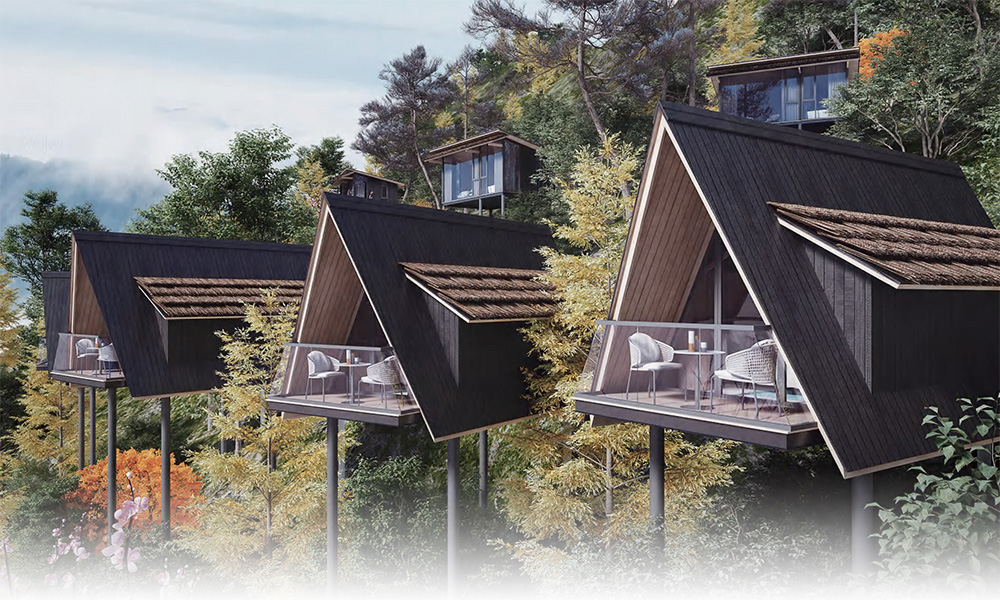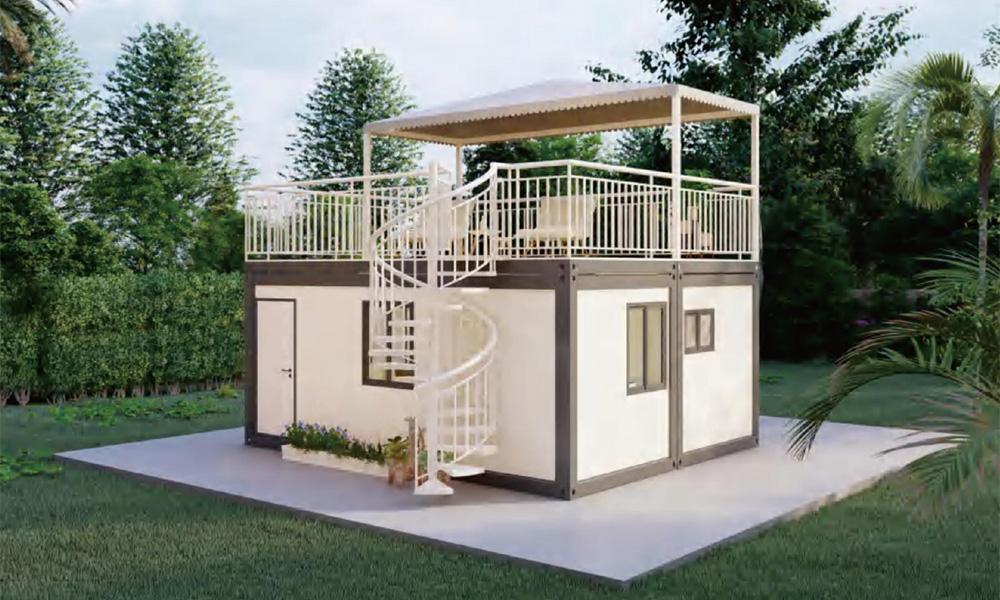Prefabricated houses — often called prefab homes, modular homes, or factory-built homes — have stopped being a niche curiosity and are now a mainstream, practical alternative to traditional stick-built housing. They combine factory precision with on-site assembly, and the result is repeatable quality, far faster schedules, and (often) lower cost and waste.
What “prefab” means in practice
“Prefab” covers a spectrum: from fully factory-built volumetric modules (complete rooms or apartments shipped mostly finished), to panelized systems (walls, roofs and floors manufactured offsite then nailed together onsite), to kit homes and container-based solutions that reuse ISO containers as living shells. The common thread is offsite manufacturing under controlled conditions, then rapid onsite erection. This reduces weather delays, improves quality control, and allows economies of scale in materials and labor.
Why developers, governments and homeowners choose prefab
- Speed to occupancy: Factory fabrication and parallel site work shorten project schedules, which matters for emergency housing, student housing, hospitality, and fast-moving private developments.
- Predictability & quality: Controlled factory processes reduce variability—less rework and fewer surprises.
- Waste reduction & sustainability: Better material staging and repeatable cutting lead to less construction waste; modular units are easier to insulate tightly and seal.
- Cost control: While per-unit material costs may be comparable, savings come from reduced onsite labor, compressed schedule, and fewer weather delays.
- Design flexibility (within constraints): Modern prefab isn’t “boxy” anymore — architects now design striking, customized modular homes with high finishes.

Types of prefab homes and their best uses
- Volumetric modular homes: Best for rapid, repetitive housing (student housing, multi-unit, hotels, remote worker camps). Entire rooms or apartments are factory-finished, then craned into place.
- Panelized systems: Good for single-family homes that want more customization; panels are quickly assembled on a prepared foundation.
- Container and tiny-home solutions: Flexible and portable — popular for vacation cabins, site offices, and accessory dwelling units.
- Hybrid approaches: Combine structural steel frames with modular infill when longer spans or heavy-duty performance (e.g., commercial ground floors) are needed.
Company spotlights — global and China
Below are short profiles of several prominent companies involved in steel-based prefab and modular systems. These companies are included to show the range of players — from heavy pre-engineered building (PEB) manufacturers to modular-home specialists.
- Nucor Building Systems (USA): A major North American manufacturer of pre-engineered metal building systems, Nucor offers engineered steel building kits and has a network of authorized builders across the continent. They’re a familiar brand in industrial and commercial metal building markets.
- Butler Manufacturing / BlueScope Buildings (global, US brand): Butler is a long-standing name in pre-engineered metal buildings (now operating under BlueScope Buildings in North America). Historically influential in metal building system design and builder networks, Butler is widely used for industrial/commercial projects.
- Kirby Building Systems (global / Asia & Middle East): Kirby is an established global PEB manufacturer with plants and projects across Asia, the Middle East and beyond. They produce large-scale pre-engineered structures for factories, warehouses and commercial projects.
- Zamil Steel (Saudi Arabia, global reach): Zamil specializes in pre-engineered buildings and sandwich panel systems for roofs and walls, with factories and projects across Asia, the Middle East and Africa; they’re widely used in large PEB projects.
- Star Building Systems (USA / Cornerstone Building Brands): A North American manufacturer of custom engineered metal buildings and PEB solutions used across industrial and commercial markets.
Chinese companies:
- FSILON (sometimes shown as Fsilon / FSL in corporate materials): FSILON is a Chinese prefabricated building and Prefab Houses company founded in 2005 and listed on China’s A-share market; it promotes prefabrication and interior systems and has positioned itself as a hub for prefabricated building products in Zhejiang/Jiaxing.
- Cymdin (Shanghai Cymdin / Cymdin Intelligent): A Chinese manufacturer focused on mobile prefab houses, container homes and modular cabins — offering foldable, expandable and shipping-container-based living units for construction site camps, offices and light residential uses. Cymdin markets portable, sound-proof and mobile units.
(China’s prefab market is broad: beyond these two there are many specialist PEB and modular firms — manufacturers that focus on steel warehouses, modular housing, container hotels, and systems for temporary site accommodation.)

Design, materials and performance considerations
- Structure: Many prefab houses use lightweight steel frames (cold-formed steel or hot-rolled sections) because steel enables slender members, long spans and consistent factory fabrication. For modules, structural connections must be designed for shipping loads and on-site joint detailing.
- Thermal & acoustic performance: Modern prefab walls and roof panels incorporate insulated sandwich panels or standard cavity assemblies; attention to airtightness at module joints is crucial to avoid thermal bridging.
- Transport and craning logistics: Module size is limited by road transport rules and crane reach; some prefab designs use foldable or shipping-friendly modules.
- Codes and certification: Local building codes, fire egress, and foundation requirements still apply. For cross-border purchases of modules, confirm code compliance and structural certification.
Practical advice for buyers & specifiers
- Visit a factory (or insist on virtual factory tours) to see quality control and finishing standards.
- Clarify scope: Who delivers watertight unit? Who finishes interiors onsite? Is the foundation included?
- Get transport and crane quotes early. These logistics are often larger cost items than people expect.
- Ask for energy performance numbers (U-values, airtightness, mechanical ventilation strategy).
- Design for disassembly where practical — modular units can be reused or relocated, improving lifecycle value.

